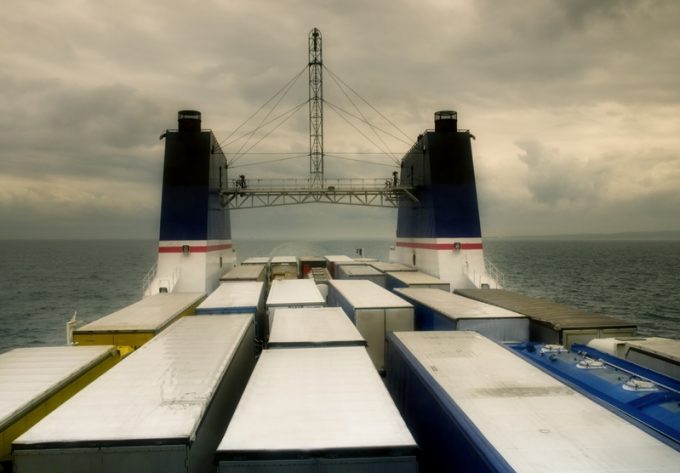Costly import red tape means UK food prices will rise, expert warns
UK food importers are clashing with the government over a threat of inflationary increases to ...

European road freight shipment visibility platform Transporeon has questioned the idea that Europe faces continent-wide trailer shortages as a result of increasing haulier reluctance to serve the UK post-Brexit.
Sources have told The Loadstar that red tape and associated delays were scaring-off EU drivers – paid per kilometre, and in some cases facing 12-hour delays – from coming to the UK without guarantees that they will be paid for round trips.
One source predicted that driver shortages would lead to abandoned trailers, resulting in surging rates, mimicking the recent experience of ocean ...
Asia-USEC shippers to lose 42% capacity in a surge of blanked sailings
USTR fees will lead to 'complete destabilisation' of container shipping alliances
Outlook for container shipping 'more uncertain now than at the onset of Covid'
New USTR port fees threaten shipping and global supply chains, says Cosco
Transpac container service closures mount
DHL Express suspends non-de minimis B2C parcels to US consumers
Zim ordered to pay Samsung $3.7m for 'wrongful' D&D charges
Flexport lawsuit an 'undifferentiated mass of gibberish', claims Freightmate

Comment on this article